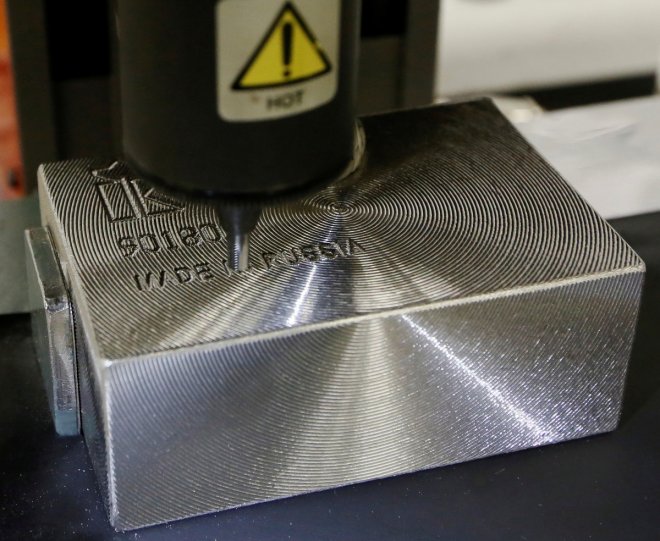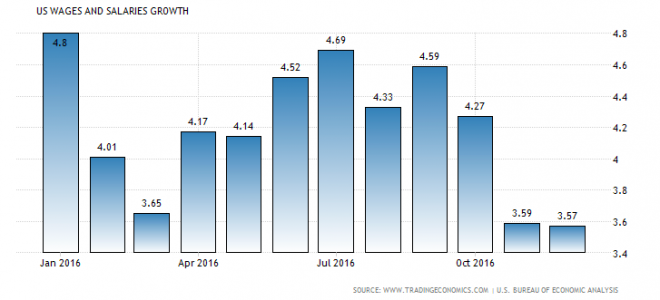
Precious metals rallied despite a strong dollar on Monday (Feb 6) as investors reduced bets for further rate hikes by the Federal Reserve in the near future, pushing gold to a fresh 12-week high and making palladium the biggest gainer of the day.
Silver too is near a three-month high, platinum is close to a 4-month high while a few dollars' gain can push palladium to a new 6-year high.
Gold for April delivery rose to $1229/ounce on Monday, its highest since 16 November and up more than 0.6% from the previous close. The yellow metal is now targeting $1250 as the next resistance, but only a break above $1275 will weaken the downtrend since July last year.
Nearest support levels for gold are $1200 and $1185 ahead of $1156 and $1123. A fall below that will take it to a more than year low.
The most actively traded silver futures have hit $17.65/ounce, more than 0.8% higher. Platinum jumped 0.9%, approaching a four-month high of $1015 while palladium outshined the rest with a more than 2% gain to $764.
For silver, the next higher level to watch out for is $18 which can significantly weaken the downtrend since mid-2016. In that case, $18.46 will then come in focus ahead of $19 and higher. Immediate supports are $17.30 and $16.70 for the white metal.
Platinum is less than $2 away from its last November peak, a break of which will take it to a 4-month high. The next resistance levels will be $1043 and $1068. On the downside, the immediate levels to watch are $988 and then $951.0.
Palladium has been quite choppy these days. It had touched a multi-year high of $798 on 24 Jan but fell more than 10% in the next few days to $711. However, gains since last week has helped it pare most of the recent losses. A break back above the January peak will get it back to its highest since May 2011 and set a new multi-year high.
Data from the US last week showed that although jobs growth has been better than expected in January wage inflation slowed which could prompt the Fed to delay further rate hikes, analysts noted.
Total nonfarm payroll job additions was 227,000 in January, more than the market consensus of 175,000 addition and following an upwardly revised 157,000 in December. However, average hourly earnings on private nonfarm payrolls rose by 3 cents to $26.00, following a 6-cent increase in December.
Wage growth that had averaged 4.3% in January-October 2016 fell to 3.59% in November and further eased to 3.57% in December according to Labour Department data.
Some calculations put the odds for a March hike at 10% after the jobs data, lower than earlier predicted. The same forecast, however, sees the likelihood of a June hike as much as 60%.
The Fed had raised rates in December and forecast three rate increases this year. However, most of the traders are not convinced of more than two hikes in 2017.
The US dollar was up broadly on Monday but overall bearishness on the greenback is still worth keeping according a section of the market given the uncertainties surrounding Trump's policies.
The jobs data from the US last week has prompted analysts to brace for a less hawksih Fed. The market is now waiting for a labour market conditions report and a speech by the Philadelphia Fed President Patrick Harker at a conference in San Diego, both scheduled for the day.









